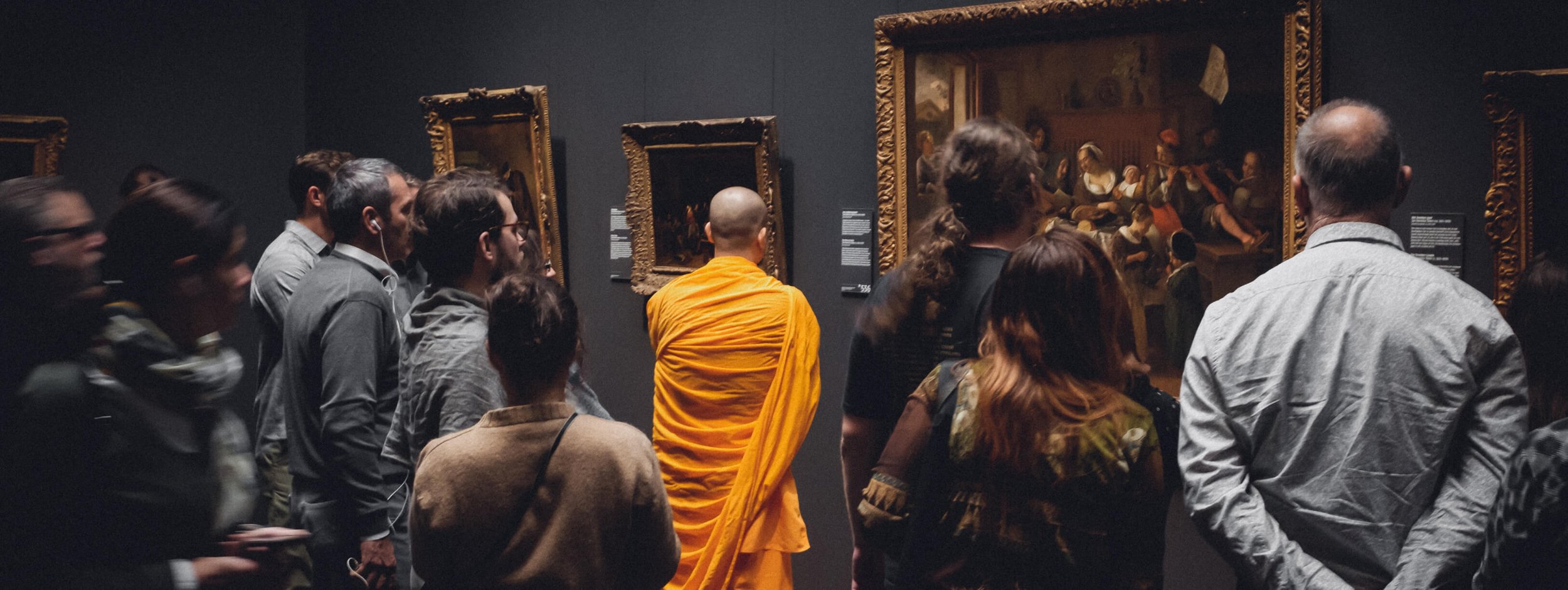
INSIGHT | MAY 2019
Why community is valuable for brands
Bring products and services to life by bringing people together
Consumer needs
Engagement | Branding
The digital age has allowed people globally to share ideas and identities, but data suggests people are in need of new structures of belonging, perhaps more than ever before. A study on loneliness by the British Red Cross and the Co-op found that over 9 million people in the UK would describe themselves as ‘either always or often lonely’. Further research by the Eden Project claims that loneliness and disconnected communities are costing the UK economy £32 billion every year.
A sense of belonging is vital to our well-being. By connecting like-minded people through content and experiences that relate to the lives and interests of consumers, brands can play a role in helping to fulfil this basic emotional need.
For brands and businesses, nurturing communities around what you do is not only an opportunity to bring products and services to life, but an opportunity to bring people together, both online and offline. The potential value of a branded community can include knowledge-sharing between customers, user-generated content, shared product experience, increased brand loyalty and product innovation. For consumers, communities provide a platform for new relationships and an opportunity to interact with a brand, even when they are not purchasing a product.
Rather than building a brand and expecting the community to follow, a 2009 Harvard Business Review study debunking myths around brand communities argued that strong brands engineer their community first. This was the case with US beauty brand Glossier, which launched in 2014. Founder and CEO Emily Weiss first began developing products by crowdsourcing feedback from readers of her popular beauty blog, Into the Gloss. Maintaining this close relationship to its customers has been key to Glossier’s success as its product range has grown and entered into new markets.
Vans is another brand that began by supporting an existing community. In the 1970s, founders Paul van Doren and Jim van Doren created their first shoe specifically for skateboarders. Over the years, Vans has continued to co-design new products with lead users from each of its sports communities. ‘At the heart of the brand and at the heart of House of Vans is skateboarding,’ the brand states on its website. As further proof of this, Vans runs a number of skateparks, which it began opening when privately owned spaces started to close down.
While brand communities ultimately exist to serve the people in them, they provide valuable opportunities for brands too. In a report on the benefits of brand communities produced by Dialogue, 40% of UK consumers surveyed said that being part of a brand community meant they would be likely to spend more money on that brand’s products and services. Those figures rose to 58% for consumers aged 25 to 34.
At a panel event to introduce the report, Dialogue consulted a social psychologist who endorses the report’s findings with his own analysis of consumer behaviour. “Belongingness is one of our basic human needs,” says Dr. Charles Seger, head of the University of East Anglia’s psychology department. “We are motivated to both assert our group identification and our individuality. Brand communities can allow us to fulfil these motives.”
Nike has shown that brands can help consumers satisfy some of these social and individual needs in a way that is personal, not just transactional. Through its membership programme, Nike+, the sportswear giant offers fitness events, instructional content and access to the latest products, as well as the ability to track progress and compete with other members of the community via the Nike Training Club and Nike Running Club apps.
As a result, Nike encourages consumers to form a relationship with the brand that is more reciprocal. This means consumers use Nike+ to enhance their lifestyle, while Nike uses these interactions to better understand its customers. By combining the digital experience of the NTC and NRC apps with physical events and fitness classes, the community aspects of Nike+ help to create a shared culture around personal fitness and allow members to connect through their workouts.
Community is an important way to humanise a brand through experiences, content and personal communication. To encourage long-term loyalty and make consumers feel valued, brands need to fully engage with the idea of community not as a marketing strategy, but as an approach to business.


